Water, plant communities, birds, and amphibians – these are “vital signs” that help indicate the health of park ecosystems. Our scientists look at what key resources are present in the park, if they are stable or changing, and how ecosystems are changing over time. The information we collect can help park managers make sound, science-based decisions about the future. (Learn more about how we manage this irreplaceable ecological data.)
Vital Signs
-
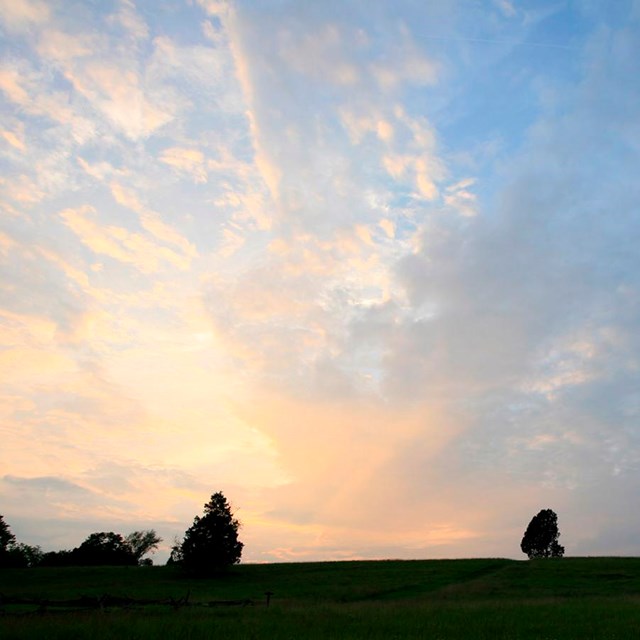 Air Quality
Air QualityAir quality affects views and natural resources like lakes, streams, plants, and wildlife.
-
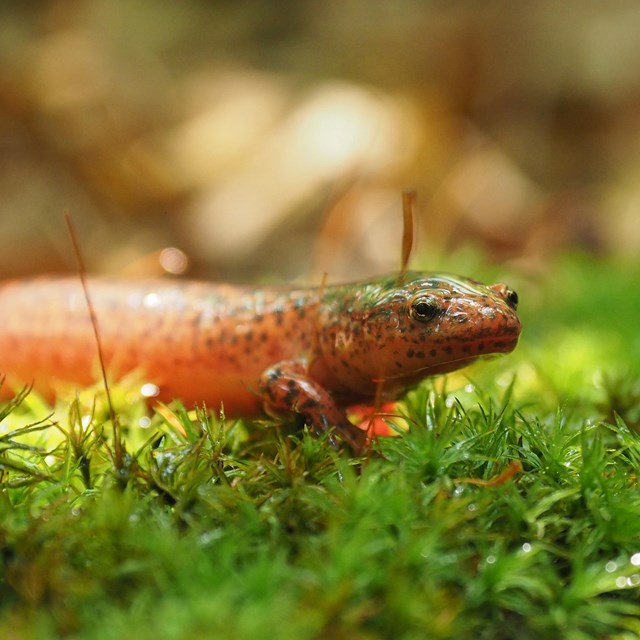 Amphibians
AmphibiansAmphibians react strongly to human disturbance, showing land and water condition.
-
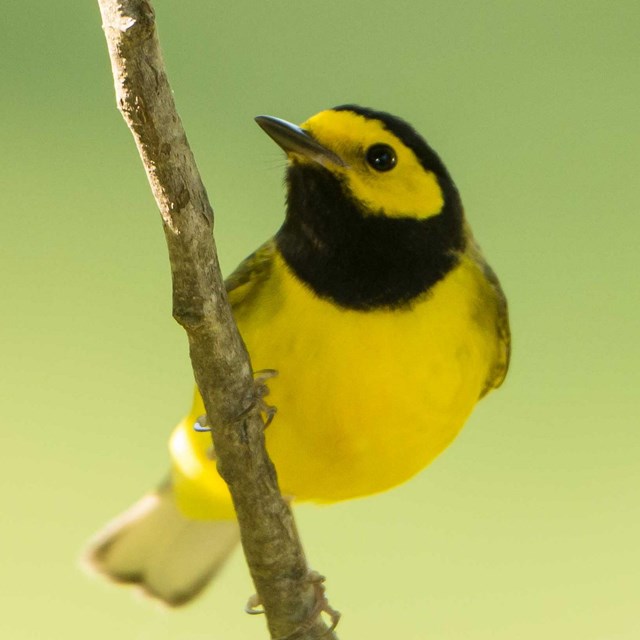 Birds
BirdsWe monitor bird community composition and abundance in 11 parks.
-
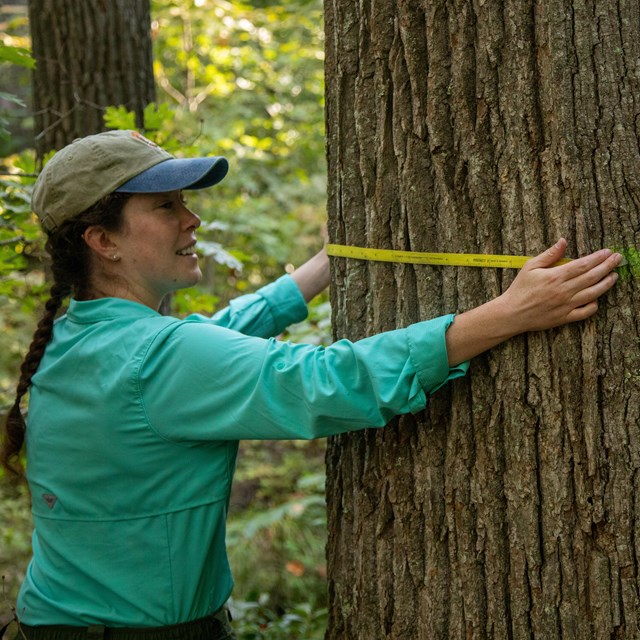 Forest Vegetation
Forest VegetationThe Eastern Deciduous Forest makes up two-thirds of NCRN park land and is crucial wildlife habitat.
-
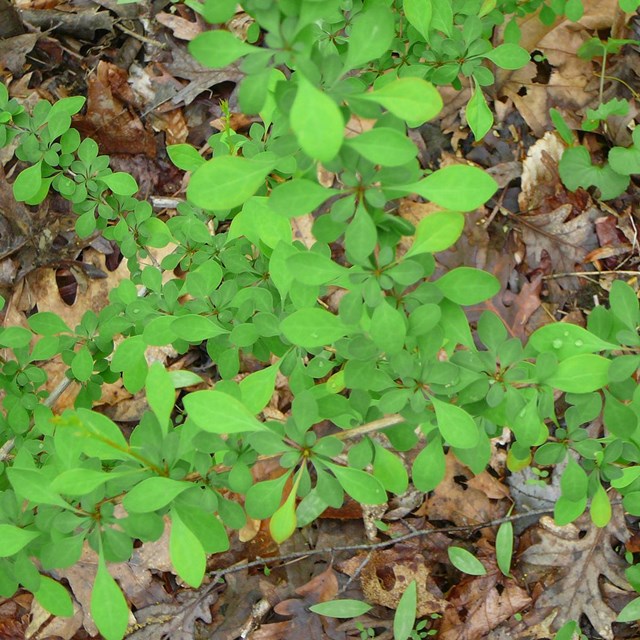 Invasive Plants
Invasive PlantsInvasive plants can spread rapidly, displace native plants, and alter ecological processes.
-
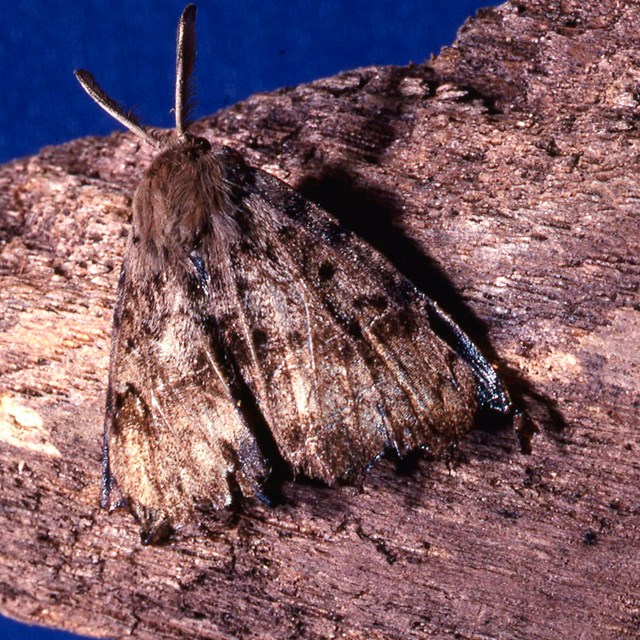 Forest Pests
Forest PestsInsect pests and pathogens can damage plants and change natural forest communities.
-
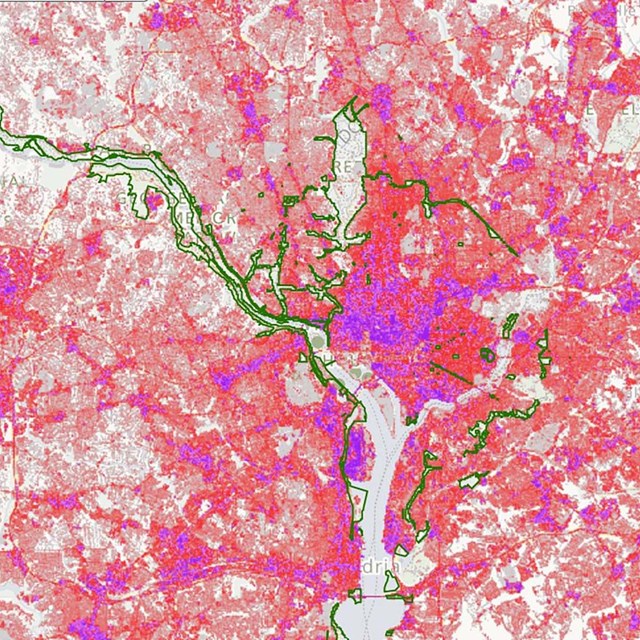 Landscape
LandscapeChanges in nearby landcover and land use affect park natural resources.
-
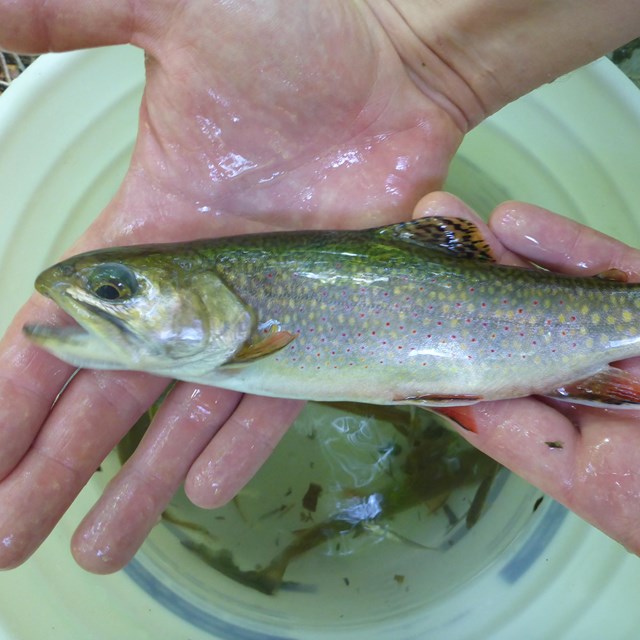 Stream Biota
Stream BiotaFish and aquatic macroinvertebrates are sensitive to changes in water quality, making them good indicators of aquatic ecosystems.
-
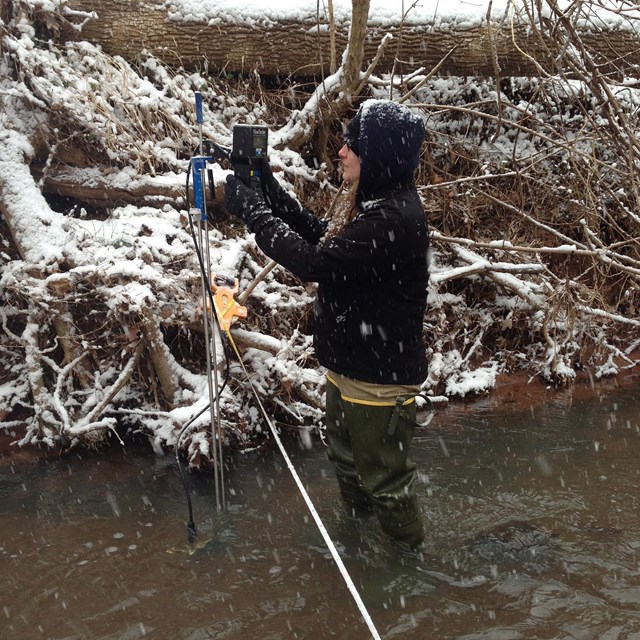 Stream Water Quality
Stream Water QualityInformation on water quality and nutrient levels in streams helps park managers manage potential impacts.
-
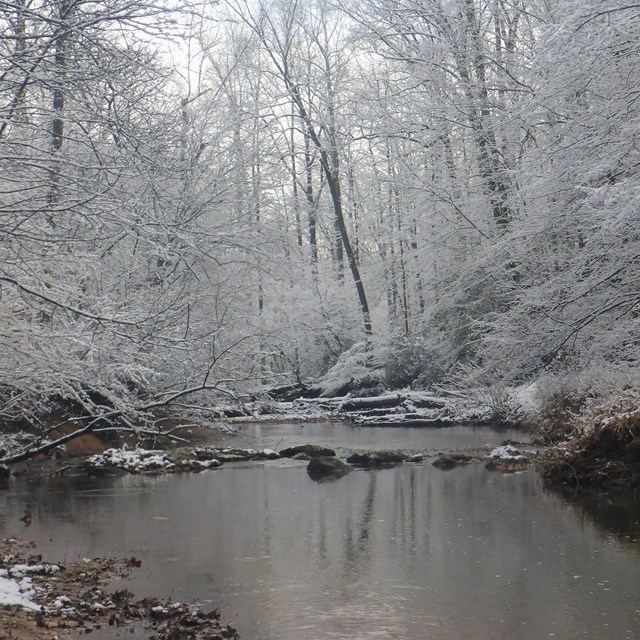 Weather & Climate
Weather & ClimateWeather and climate affect short-term and long-term changes in ecological systems.
Last updated: October 21, 2022
